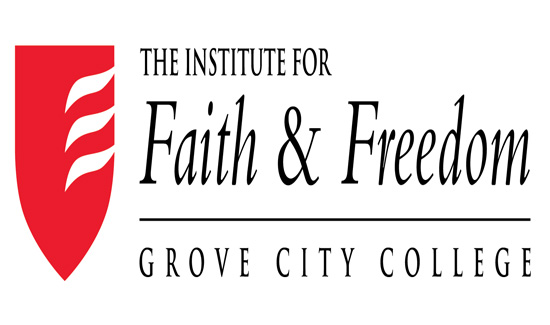Deal or No Big Deal?
As the August 2 deadline for a debt-ceiling deal drew near, many expected a big deal that would significantly change the direction of federal fiscal policy. After weeks of tumultuous negotiations, partisan bickering, and impassioned histrionics, the agreement that finally emerged was, to put it bluntly, no big deal. Ironically, the most accurate assessment I read about it was Russian Prime Minister Vladimir Putin’s comment that it "was not that great overall because it simply delayed the adoption of a more systemic solution."
In exchange for raising the debt ceiling by another $2.4 trillion, federal spending will be cut next year by all of $21 billion (that’s from projected increases, not an actual cut) and $42 billion (ditto) in 2013. It will be business as usual in Washington. Political gridlock has preserved the status quo of rapidly escalating federal spending and debt remains intact. After an unprecedentedly emotional rendition of what I term "the debt-ceiling dance," the big spenders prevailed yet again.
Washington’s failure to forge a big deal over the debt-ceiling issue is turning out to be a very big deal for the rest of us. In a year when we are on target to pay more than $500 billion (close to 40 percent of personal income-tax revenues) in interest on the existing federal debt, our elected leaders have authorized $2.4 trillion in additional debt over the next year-and-a-half.
Anyone who thought that a debt-ceiling deal would reassure markets was sorely mistaken. Stocks cratered. Gold, which has been warning of serious political / economic / monetary malfunctions since its price was much lower (see here and here), has exploded to over $1800 per ounce, signifying a grave deterioration of conditions.
One outcome of the debt-ceiling agreement has been Standard & Poor’s downgrade of federal debt from the highest rating, AAA, to the still very high rating of AA+. S&P’s announcement has turned out to be a really big deal, triggering panics in financial markets around the globe and eliciting indignant denunciations from Democrats and Republicans alike.
Team Obama adopted a "kill the messenger" tactic. Treasury Secretary Geithner cited a hastily produced CBO (Congressional Budget Office) statement asserting that S&P had made a $2-trillion miscalculation. Defenders of S&P claim that CBO manufactured the discrepancy by using a different time frame. Regardless, in today’s fantasy world, when Uncle Sam is on the hook for a total financial shortfall of $75, $150, or $200 trillion—depending on one’s time frame and other assumptions—$2 trillion, though a colossal number, really doesn’t alter the picture.
The Senate Banking Committee appears to be trying to intimidate S&P by raising the prospect of a senatorial investigation.
Even conservative Republican Steve Forbes has blasted S&P. While Forbes is technically correct that the United States can’t default, because the Federal Reserve can always create more dollars, cheapening the dollar amounts to a stealth default. Furthermore, a downgrade to AA+ in no way suggests that there is an imminent danger of default, but for S&P not to look down the road and report the possibility that all federal debts may not be repaid in full would be a dereliction of duty.
What has happened since the debt-ceiling agreement is that people around the world have voted "thumbs down" on the current government policy of racing further into debt. The agreement, as per President Obama’s insistence, was designed to schedule the next debt-ceiling debate for after the 2012 election so that it wouldn’t be a big deal in next year’s political campaign. That is astounding. There could hardly be a bigger deal for Americans than making the choice between spending ourselves into the poorhouse and shrinking the federal leviathan to forestall such an outcome.
I anticipate that the debate over federal spending will be the principal election issue regardless of when the next debt-ceiling dance begins. If a majority of Americans want to be the western hemisphere’s Greece, a banana republic suffering from the mass delusion that government can economically support everyone indefinitely, then the Democrats will prevail. On the other hand, if a majority of Americans truly want less government, they will vote Republican (assuming the GOP can convince enough voters that they really would slash spending).
I wonder whether the GOP really would significantly cut federal spending. Ultimately, it is the voters, not the political parties, who decide how much government we’ll have. Polls may show that a majority of Americans favor less spending, but the real test will be whether a majority of Americans will support reforms that include cuts to programs that personally benefit them. I hope I’m wrong, but I don’t think a majority of Americans want that kind of change.
— Dr. Mark W. Hendrickson is an adjunct faculty member, economist, and fellow for economic and social policy with The Center for Vision & Values at Grove City College.
www.VisionAndValues.org | www.VisionAndValuesEvents.com





